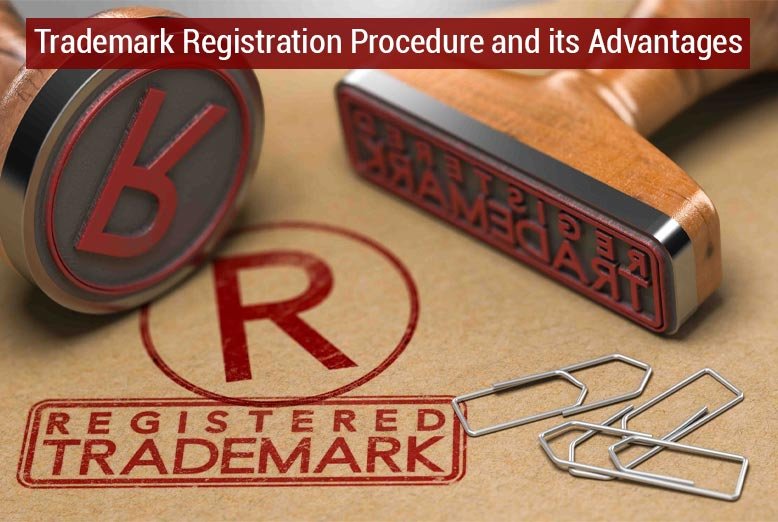When it comes to trading, identifying and analyzing chart patterns can be extremely useful and assist in deciding on possible trends. In the case of swing and scalping traders, these patterns can be useful and trading begins to take a whole new focus.
Swing traders look for short- to medium-term fluctuations in price movements, while scalpers enter and exit positions very quickly in order to take advantage of small price changes.
In this article, we’ll identify the 5 chart patterns that are most suited to these trading techniques and explain how to recognize them and incorporate them into your trading strategy.
5 Best Chart Patterns for Swing and Scalping Trading
Chart patterns can be quite handy in helping traders anticipate future price movements. Here are five of the most powerful chart patterns for swing and scalping trading.
1. Head and Shoulders
The Head and Shoulders pattern is a reversal pattern that signals a trend change. It consists of three peaks: a left shoulder, a higher head, and a right shoulder.
When the price breaks the neckline, it indicates a potential trend reversal. In swing trading, recognizing this pattern helps traders predict trend changes.
Many swing trading courses teach this pattern as it’s essential for identifying profitable entry and exit points.
2. Double Top and Double Bottom
Double tops and double bottoms indicate trend reversal. After an uptrend, the price has recorded peaks and chances are it will fall. This double peak is referred to as the Double Top formation and implies a bearish trend.
The Double Bottom pattern occurs after a downtrend, where the price hits a low point (bottom) twice. It indicates that the downward trend is losing strength, and a bullish (upward) trend is expected to begin.
These trends assist traders in determining the best time to enter or exit trades when there is an impending change in the trend.
3. Triangles (Symmetrical, Ascending, Descending)
Triangles are patterns that form when the price consolidates within narrowing ranges before breaking out.
In symmetrical triangles, the price moves within converging trendlines, while ascending and descending triangles have sloping highs or lows. For scalping, traders often use triangles to spot quick breakouts.
4. Flags and Pennants
These are continuation patterns that appear after a strong price move. A flag looks like a small rectangle tilted against the trend, while a pennant looks like a small triangle.
Both suggest that after a brief pause or consolidation, the price will continue in the same direction as the previous move.
Traders enter the market when the price breaks out of these patterns, aiming to profit from the continued trend.
5. Cup and Handle
The Cup and Handle pattern is a bullish continuation pattern that looks like a cup with a small handle.
The cup forms after a downtrend, followed by a gradual rise and a small consolidation, which forms the handle. This pattern signals that after a brief pause, the price will likely continue moving upward.
Traders typically enter the trade when the price breaks above the handle, confirming the upward trend.
Conclusion
Understanding key chart patterns can greatly improve your trading success in both swing and scalping strategies. These patterns help identify potential price movements, offering traders valuable entry and exit points. Combining chart patterns with other technical tools can enhance your analysis and decision-making, leading to more informed and profitable trades.
If you wish to learn more about swing and scaping, consider enrolling in online swing or scalping trading courses from Upsurge.club.
Also Read: Options Trading for Beginners: How to Use Leverage Safely and Profitably













